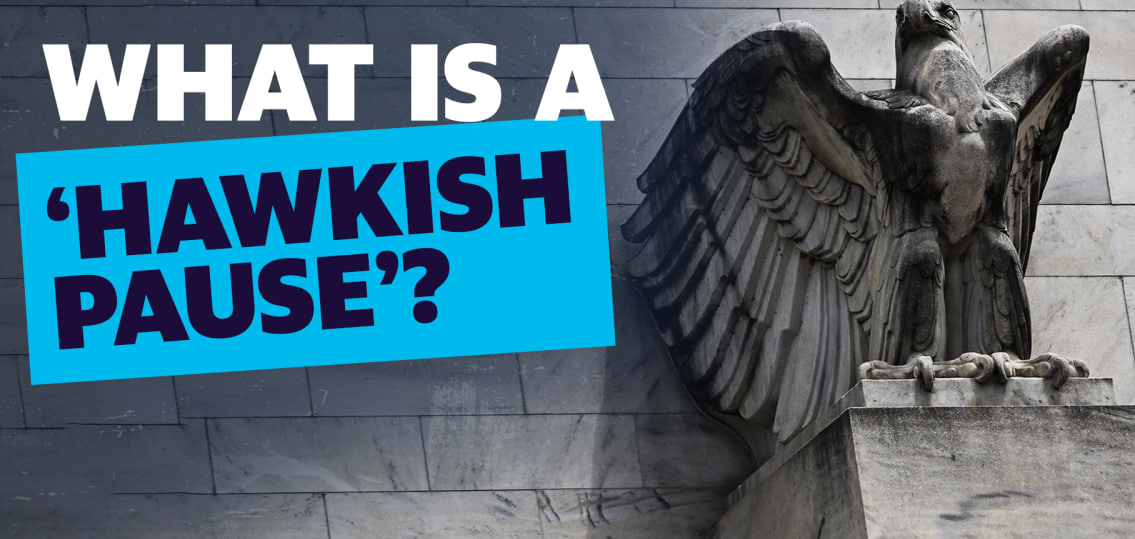Free Courses Sale ends Soon, Get It Now


Free Courses Sale ends Soon, Get It Now



Copyright infringement not intended
Context: The Federal Reserve of the United States (Fed) announced a hawkish pause. The Fed's hawkish pause was motivated by several factors, such as the uncertainty caused by the trade war with China, the slowdown in global growth, the volatility in financial markets, and the partial government shutdown. The Reserve Bank of India (RBI) also adopted a hawkish pause in February 2023, after raising its repo rate three times in 2022.
Details
Hawkish pause
Why did the Fed and the RBI adopt a hawkish pause?
What are the implications of a hawkish pause?
For the domestic economy
For the global economy
For financial markets
How do investors react to a hawkish pause?
The significances of a hawkish pause are:
Effects of a hawkish pause are:
Challenges of a hawkish pause are:
The US Fed's Hawkish Pause: Implications for India
Effect on the Rupee
Effect on Borrowing Costs
Risks and Challenges
Policy Recommendations
Conclusion
Must Read Articles:
RBI’s MPC Meet: https://www.iasgyan.in/daily-current-affairs/rbis-mpc-meet
|
PRACTICE QUESTION Q. What does hawkish pause mean in the context of monetary policy? A) A temporary halt in raising interest rates by a central bank that is usually inclined to do so B) A permanent stop in lowering interest rates by a central bank that is usually inclined to do so C) A temporary halt in lowering interest rates by a central bank that is usually inclined to do so D) A permanent stop in raising interest rates by a central bank that is usually inclined to do so Answer: A Explanation: A hawkish pause is when a central bank that normally favours higher interest rates to control inflation decides to pause its rate hikes for a while to assess the economic situation and avoid causing a recession. Q. What is the possible effect of a hawkish pause on the exchange rate of a currency? A) It will appreciate as investors expect higher interest rates in the future B) It will depreciate as investors expect lower interest rates in the future C) It will appreciate as investors perceive the currency as more stable and attractive D) It will depreciate as investors perceive the currency as riskier and more volatile Answer: C Explanation: A hawkish pause may strengthen the exchange rate of a currency, as it implies that the central bank is confident about the economic outlook and ready to resume its rate hikes if needed. This makes the currency more appealing to investors who seek higher returns and lower risks. |
© 2024 iasgyan. All right reserved